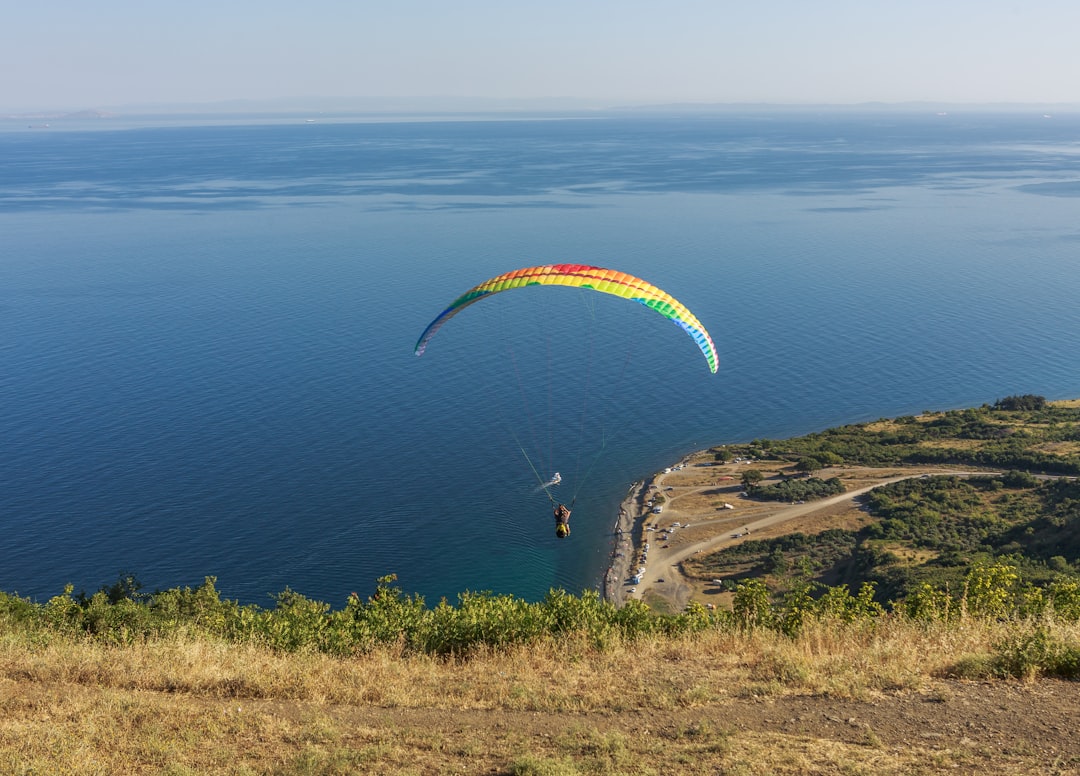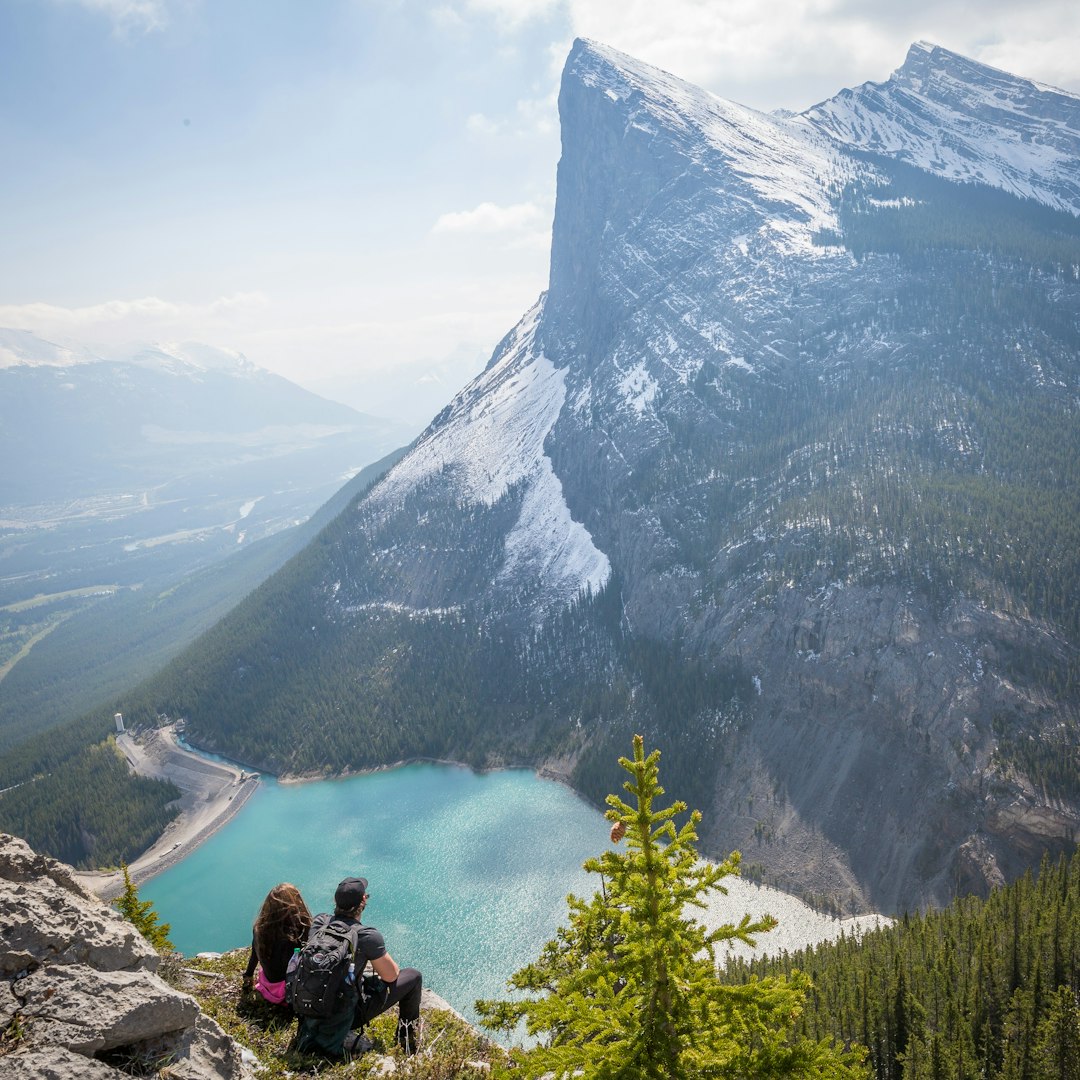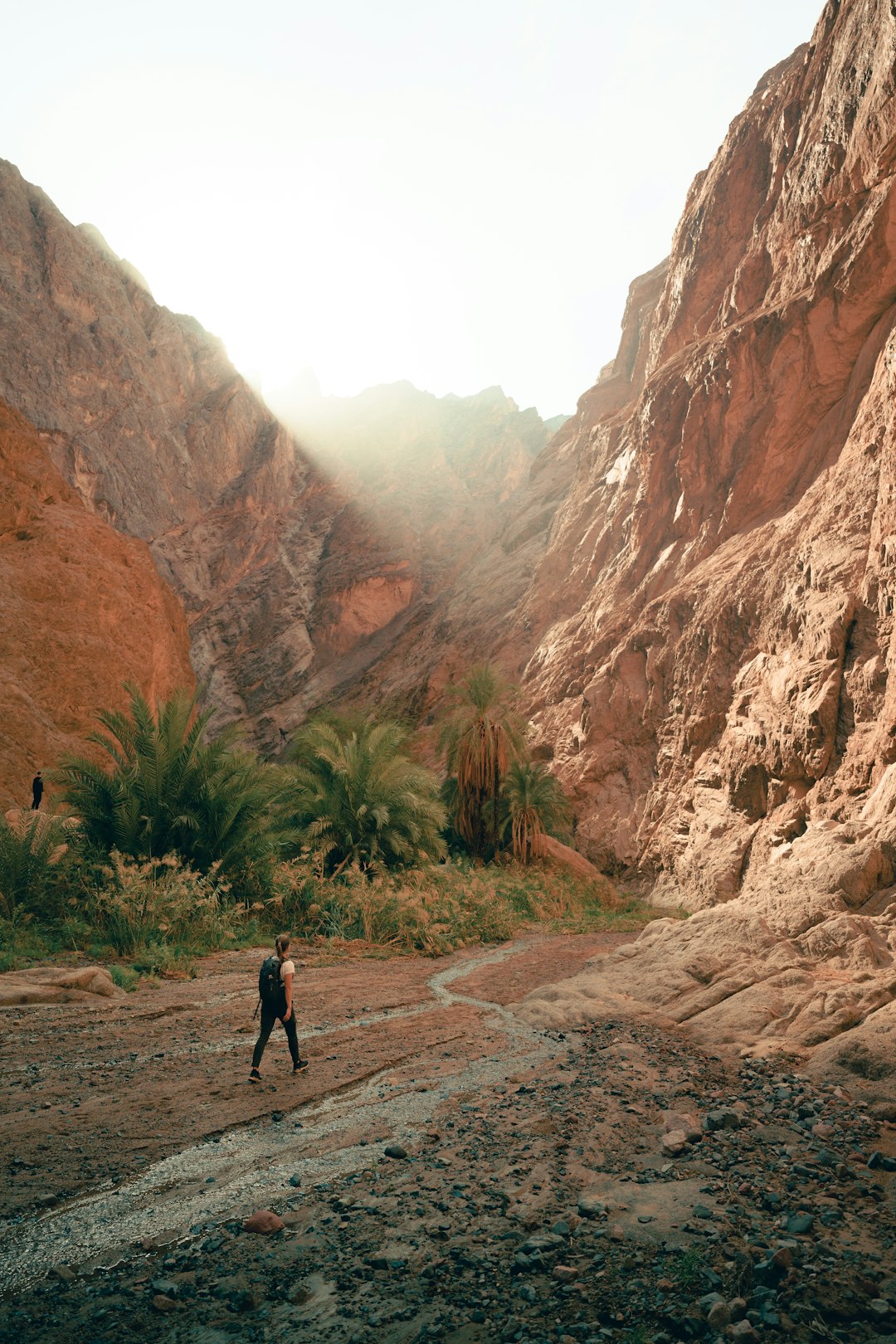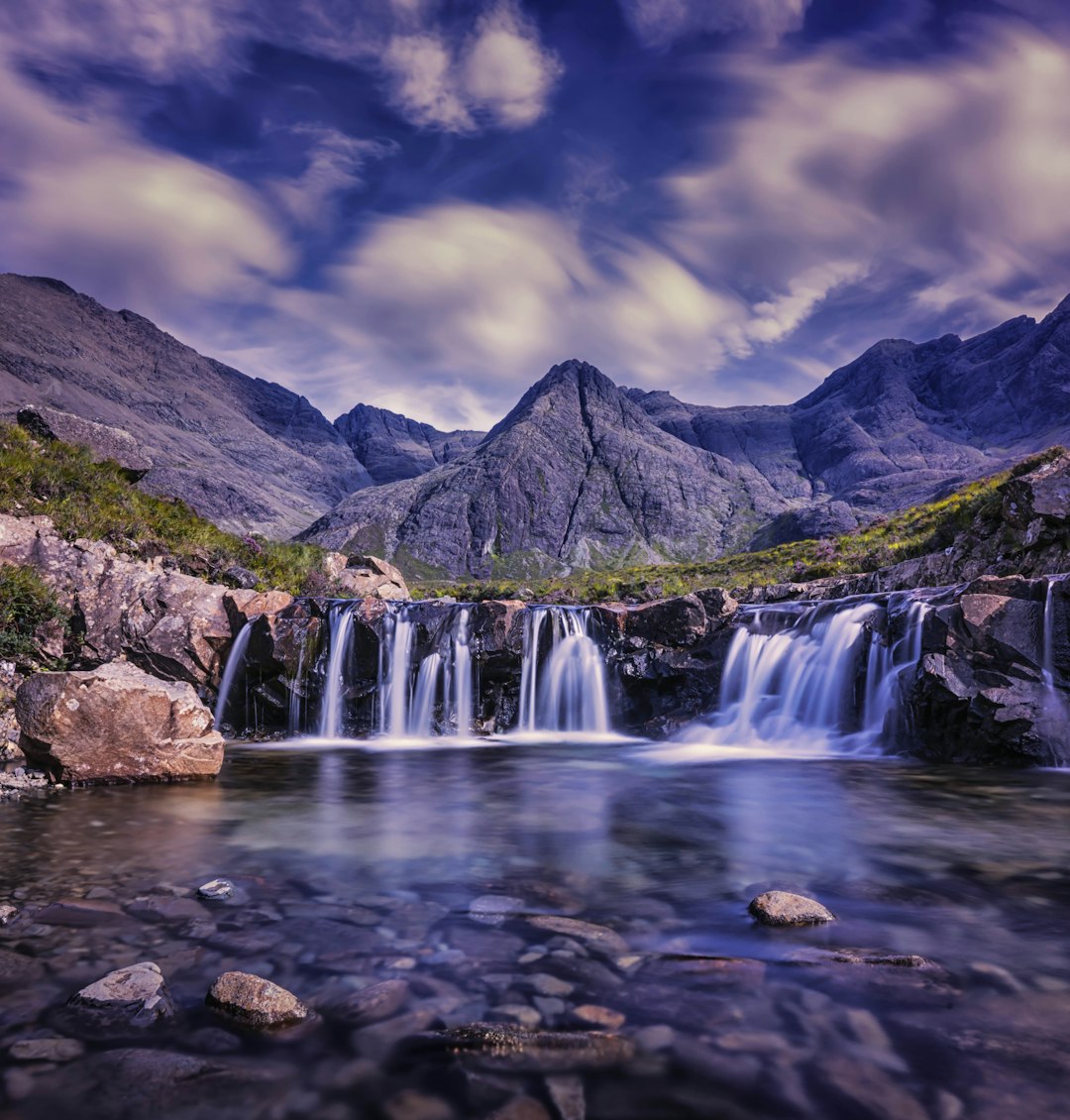
Top Tips for Safe Adventure Travel
# Introduction. Adventure travel promises excitement, breathtaking landscapes, and unforgettable experiences. However, as thrilling as it may be, it can also pose various risks if not approached with a sound strategy. Whether you’re planning a hiking trip through the wilderness, a dive expedition, or an exhilarating safari, prioritizing safety is essential. In this blog post, we will explore top tips for ensuring a safe and enjoyable adventure travel experience. ## Understand Your Destination. Before embarking on your journey, it’s vital to understand the specific risks associated with your destination. Each location has its own set of challenges, whether they be geographical, cultural, or climatic. Researching the area can uncover vital information about local wildlife, weather patterns, and potential hazards. For example, if heading to a location known for its heavy rainfall, prepare for flash floods by understanding safe routes and emergency protocols. Consider contacting local guides who can offer insights that may not be readily available online. ## Get Proper Training and Certifications. Engaging in adventure sports often requires a level of skill and knowledge, which is why taking courses and obtaining certifications is crucial. Whether you’re looking to rock climb, scuba dive, or navigate rough waters, proper training ensures you are well-equipped to handle potential emergencies. Attend classes or workshops led by experienced professionals to learn essential techniques and safety procedures. Additionally, let friends and family know your plans and expected return dates — this adds an extra layer of accountability. ## Invest in Quality Gear and Equipment. When it comes to adventure travel, the quality of your gear can be a major factor in determining your safety. Invest in reliable equipment that meets industry standards and is designed for the specific activities you plan to do. For example, choose hiking boots with good ankle support and waterproof features for extensive trekking. Similarly, if skiing is on your agenda, ensure your gear is well-fitted, appropriate for your skill level, and thoroughly maintained. Prioritizing quality gear can significantly reduce the risk of accidents and injuries. ## Stay Hydrated and Nourished. The importance of maintaining proper nutrition and hydration during your adventure cannot be overstated. Adventure travel often involves extended periods of physical exertion, and the body needs adequate fuel to perform optimally. Carry a water filter or purification tablets to ensure access to clean drinking water. Pack nutritious snacks such as trail mix, jerky, or energy bars that can give you a quick boost while you’re on the move. Remember that staying hydrated not only enhances your performance but also helps in preventing altitude sickness and other health issues. ## Embrace the Buddy System. Traveling with a partner or group can significantly improve safety during adventure trips. The buddy system allows for real-time assistance and accountability, which can be lifesaving in emergencies. Always keep your adventure buddy informed about your plans, routes, and any challenges you may face. This ensures that someone is always aware of your whereabouts, which is especially important when navigating remote trails or engaging in high-risk activities. Moreover, having a companion can enhance the experience, allowing you to share even the most challenging moments. ## Know Your Limits and Listen to Your Body. While the thrill of adventure may encourage you to push your boundaries, it's crucial to recognize your physical limits. Listen to your body and be attentive to signs of fatigue or distress. If you feel unwell or overly exhausted, it’s okay to take a break or skip a more challenging activity. Ignoring physical cues can lead to serious risks, including injury or illness. Prioritize your health and safety over any external pressures — your adventure will be more enjoyable when you are well-rested and in good shape. ## Stay Informed About Local Health Advisories. Before heading to your travel destination, research any health advisories that may be in effect. This could include updates on local diseases, vaccination requirements, or safety guidelines specific to the region you intend to visit. Consulting reputable health organizations’ websites or your healthcare provider can provide crucial information. It’s wise to have a plan in place for accessing medical facilities in case of an emergency, especially in remote areas where healthcare may be limited. # Conclusion. Planning safe adventure travel requires thorough preparation, self-awareness, and the willingness to adapt. From understanding your destination and investing in quality gear to nourishing your body and knowing your limits, these tips will help you prepare for a rewarding and risk-aware adventure. Ultimately, awareness, caution, and proper planning can turn even the most unpredictable situations into memorable stories. .








